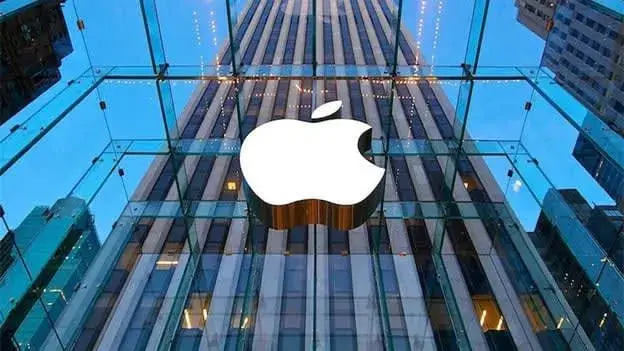Apple is reportedly working on expanding the iPhone's satellite capabilities, introducing features such as offline maps and photo messaging. These enhancements aim to increase the usability of iPhones in areas with limited or no traditional cellular or Wi-Fi connectivity.
Offline Maps and Navigation Apple is developing satellite support for Apple Maps, allowing users to navigate and get route guidance in areas without network access. This feature would enable users to access maps and directions even when they are off the grid. This can be helpful when trying to find directions in an area with low signal.
Photo Messaging via Satellite The company is also planning to enable users to send photos via satellite connections. This would provide richer communication options in areas without mobile coverage, going beyond the current text-based messaging.
"Natural Usage" Improvements Apple is exploring ways to make satellite usage more seamless. Future iPhones may not need to be pointed directly at the sky to establish a connection, potentially maintaining satellite links even indoors or when visibility is partially obstructed. This would make satellite connectivity more convenient and accessible in various environments.
5G Non-Terrestrial Networks (NTN) Support Apple is reportedly planning to support 5G NTN, which would allow mobile networks to extend their coverage by connecting directly to satellites. This could improve connectivity in rural or hard-to-reach areas where traditional cell towers are limited. The iPhone 18 will likely support 5G NTN, which lets cell towers themselves connect to satellites to boost coverage.
Third-Party Developer API Apple is said to be working on a developer API, allowing third-party apps to integrate satellite connectivity for their own use cases. This would open up possibilities for other navigation apps and communication platforms to utilize satellite connectivity.
Underlying Infrastructure and Potential Costs Apple has been investing in upgrading the infrastructure of its satellite partner, Globalstar, to support these new features. There is also the possibility of Apple partnering with a satcom giant like SpaceX to offer users a paid option for extended connectivity. While basic satellite features are expected to remain free, more advanced options could involve carrier-based fees or direct payments to satellite providers.
Future Outlook While the timeline for the rollout of these features is unclear, they represent a significant step in Apple's efforts to expand the iPhone's connectivity capabilities. Apple's long-term strategy for satellites mirrors its approach to other projects, with a practical initial launch and steady addition of capabilities. Although phone calls, video calls, and web browsing via satellite are not currently planned, the expansion of satellite features could greatly enhance the iPhone's usability in areas with limited or no cellular and Wi-Fi coverage.













